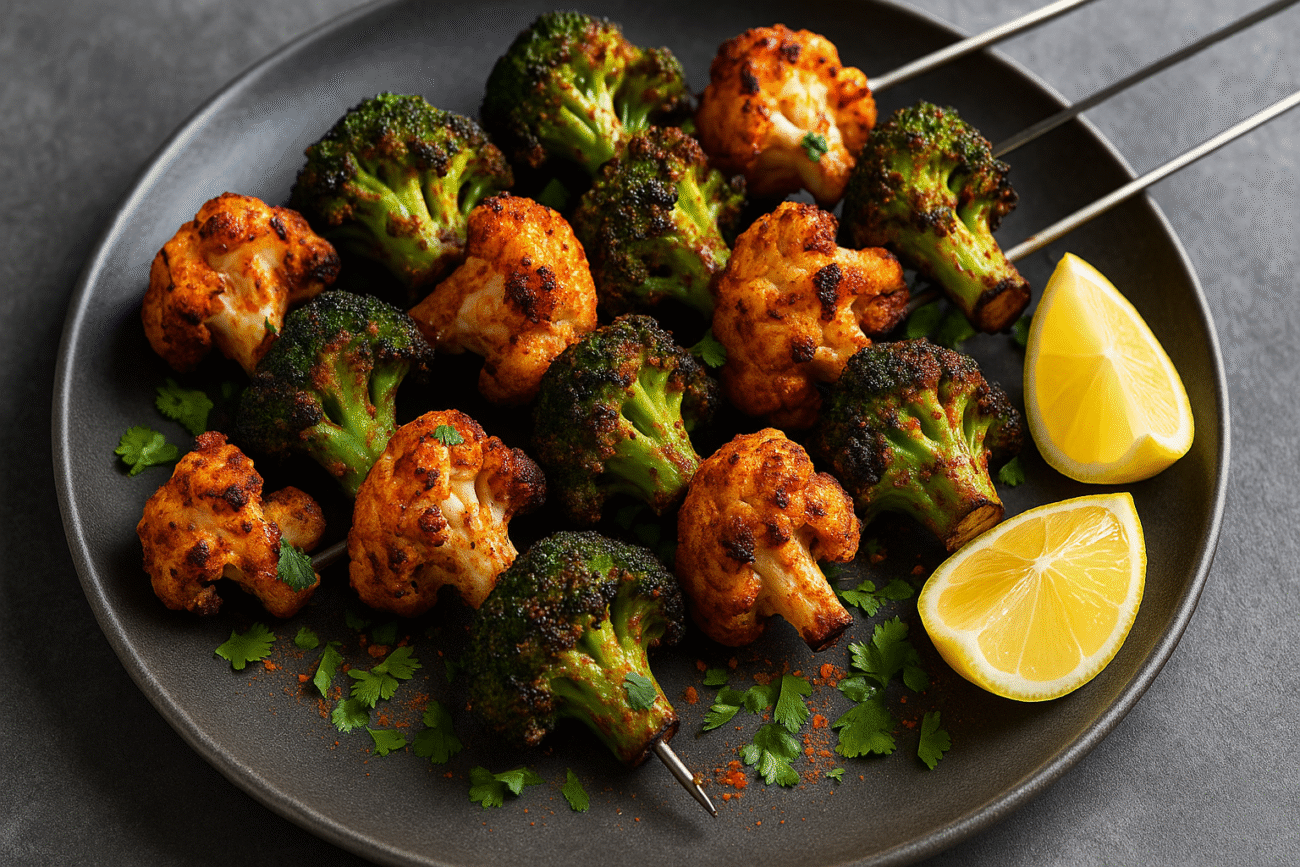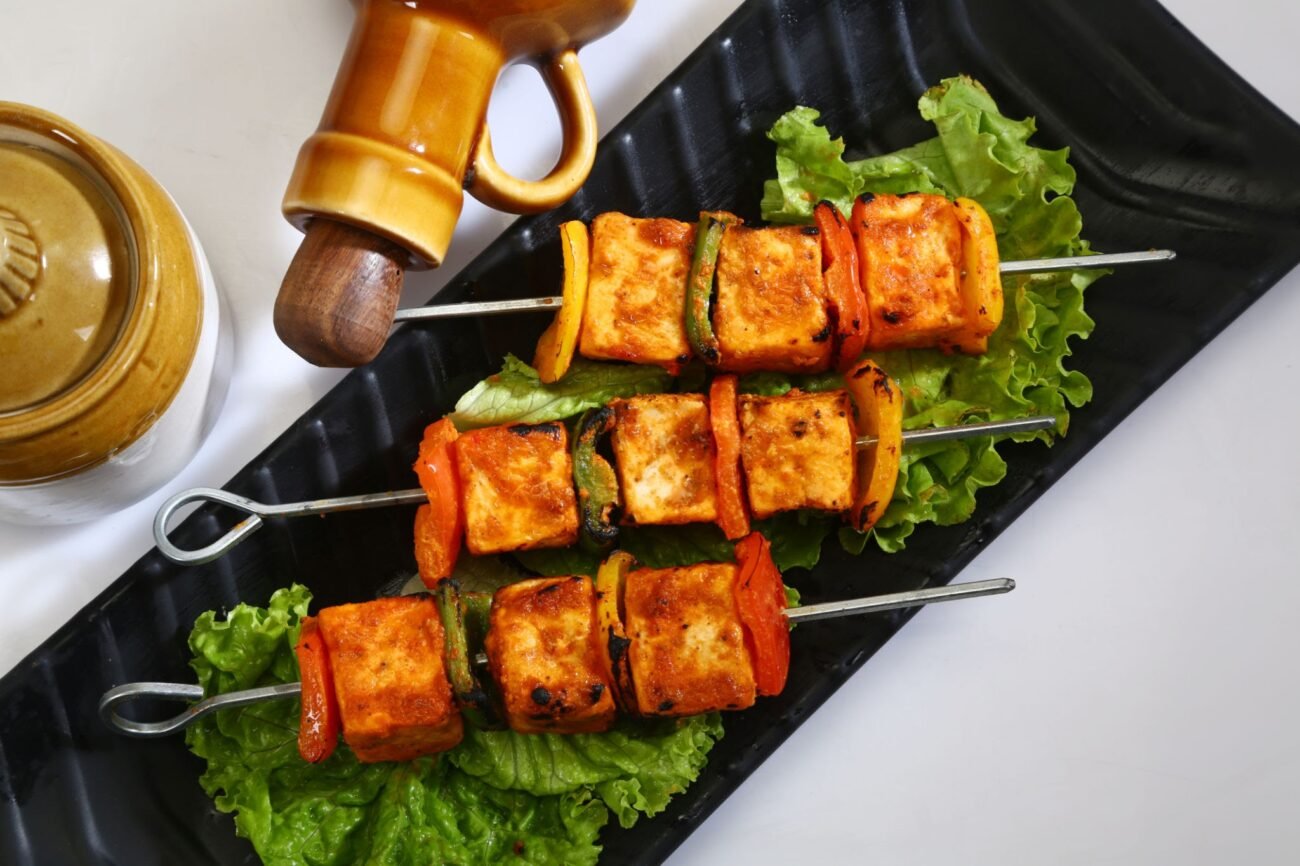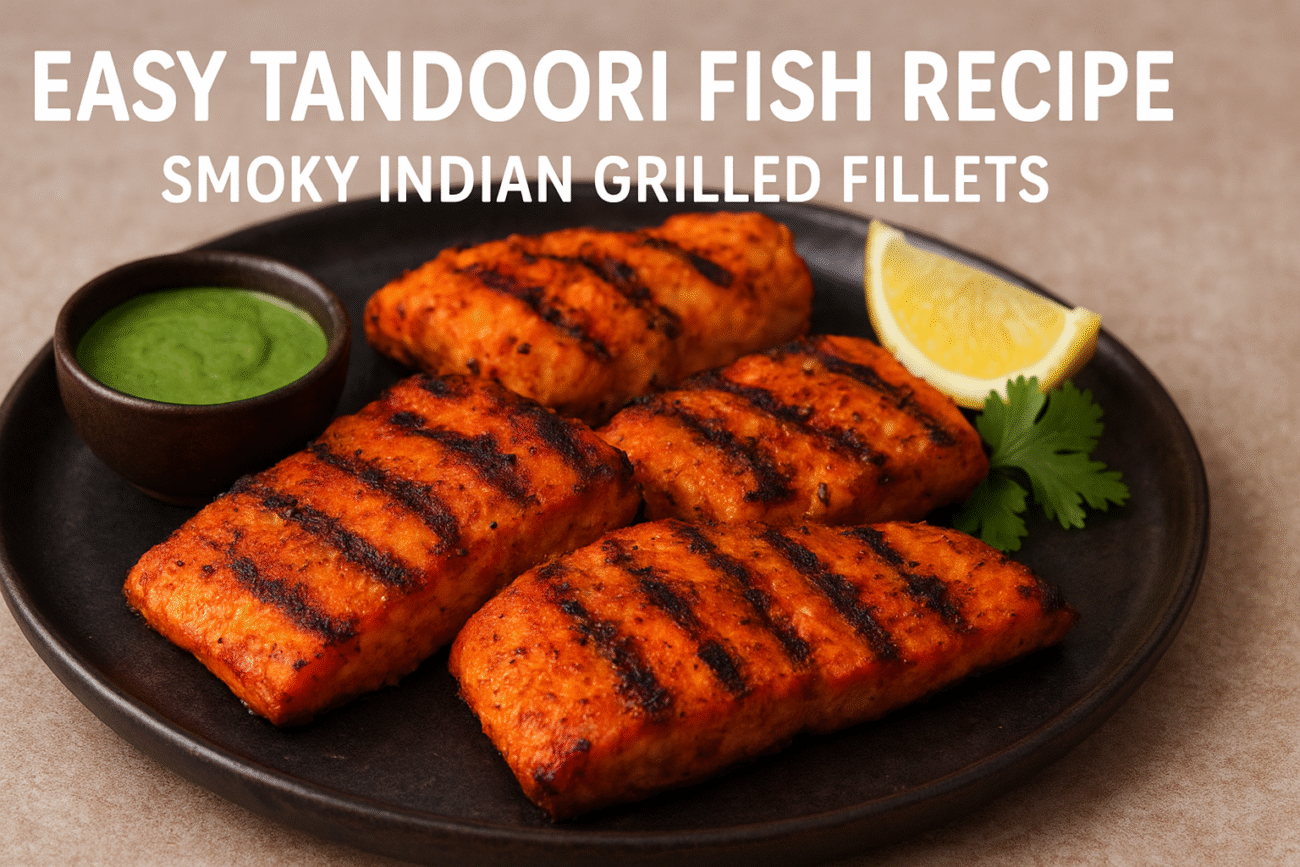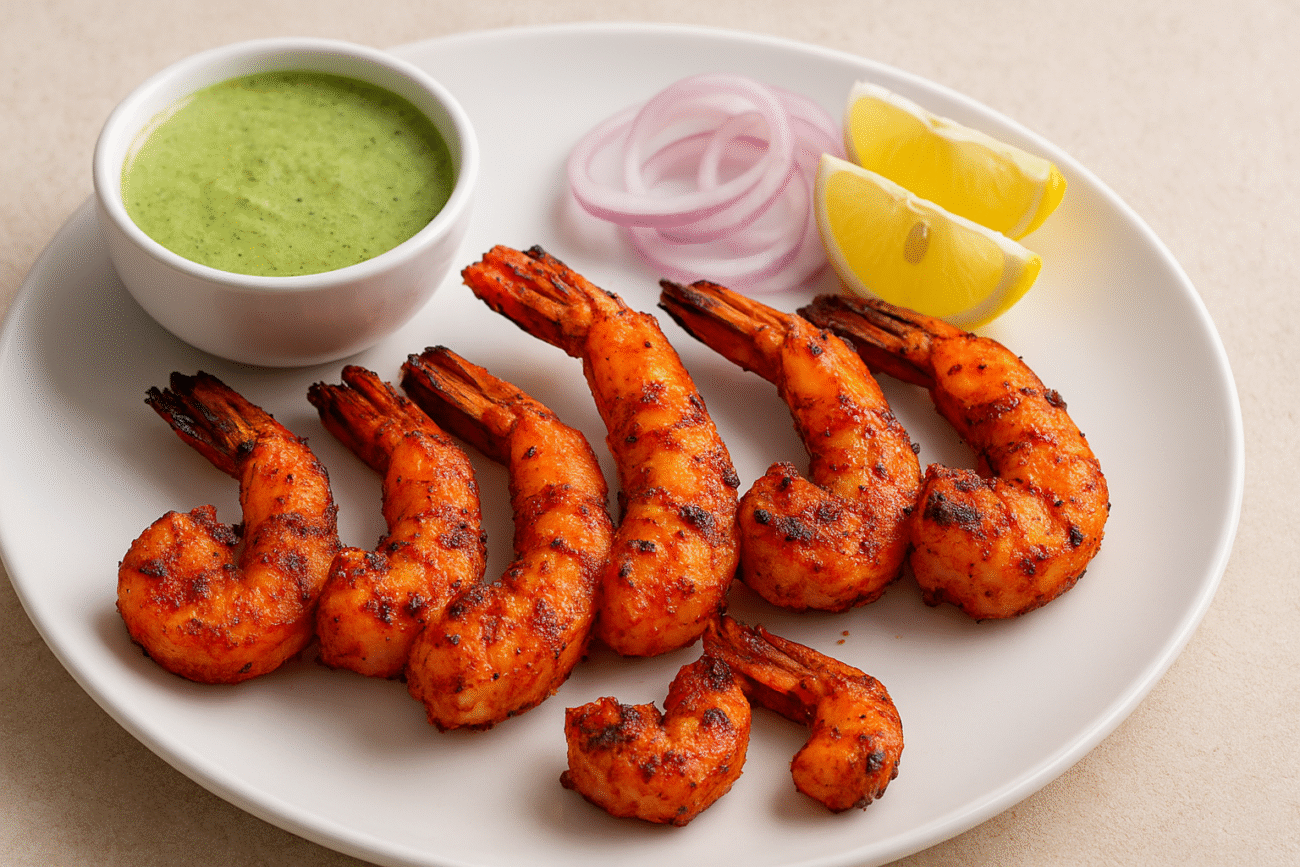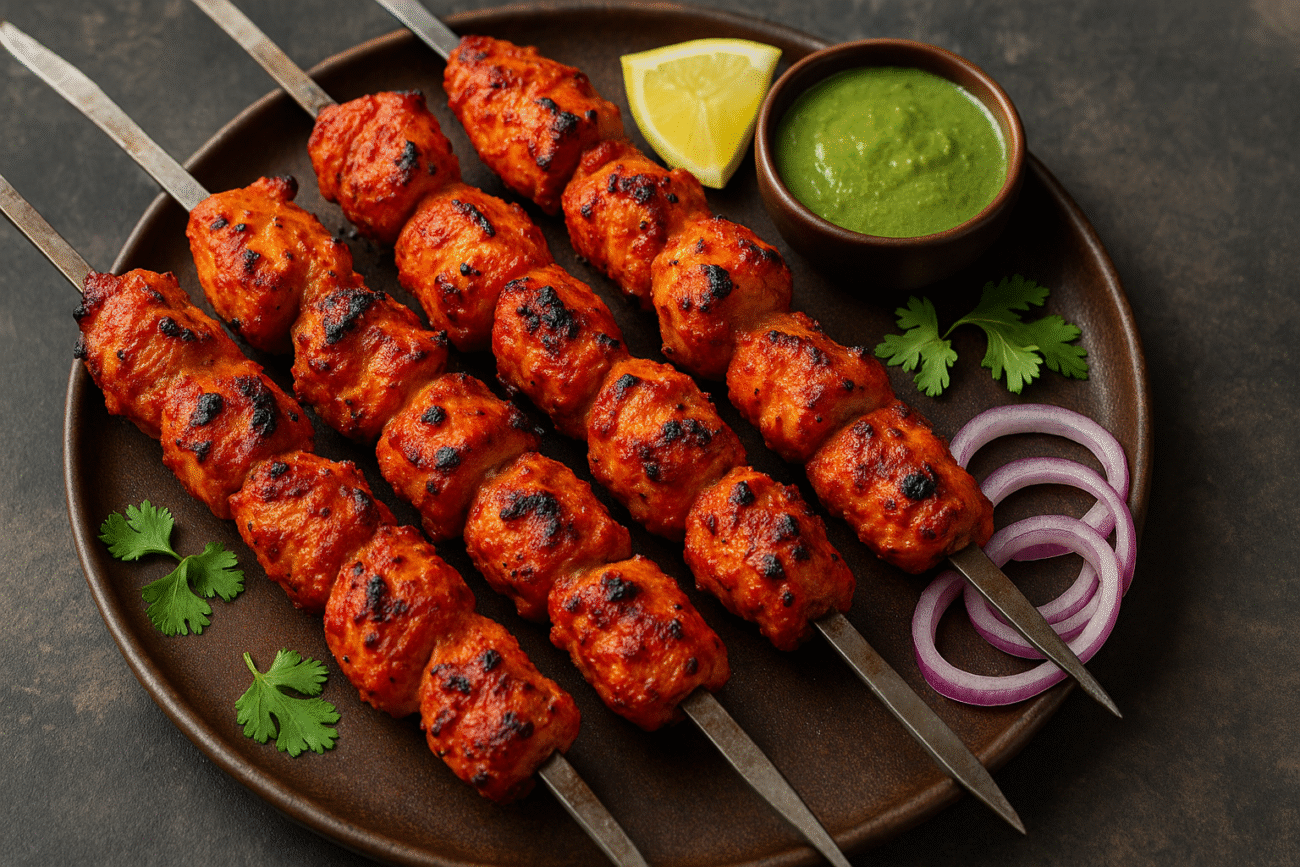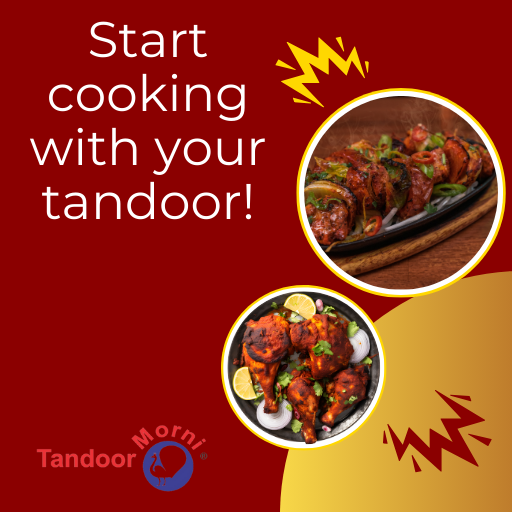
Upgrade Your Outdoor Cooking with the Magic of Tandoor
Imagine a pleasant evening outdoors, surrounded by the tempting aroma of sizzling meat and freshly baked bread. Now, picture creating this culinary wonder with a tandoor—a unique cooking tool that can redefine your entire grilling experience. The flavors and aromas from tandoor cooking make every meal memorable, whether it’s for family or a lively gathering. Once you experience it, you’ll wonder why you ever used a barbecue.
Tandoor ovens, rich with history, originated in Western, Central, and Southern Asia, as well as in the South Caucasus. Now, these distinct cooking tools are showing up in kitchens and backyards across Europe and North America, gaining popularity among outdoor cooking enthusiasts worldwide. As more people discover the incredible flavor and versatility of tandoors, they become a must-have for any outdoor kitchen.
What Sets Tandoors Apart?
A tandoor offers so much more than just cooking meat. For example, one key feature is its ability to cook a broad range of foods with precision and speed. Bread, vegetables, seafood, and meats like chicken and lamb all turn out flavorful and tender in a tandoor. Best of all, after heating up, a tandoor can hold its temperature for hours without needing additional fuel, making it practical and eco-friendly for extended outdoor cooking sessions.
Whether you’re savoring the juicy flavors of tandoori chicken or biting into the perfectly crisp crust of naan, tandoor-cooked food achieves a taste that’s challenging to replicate by any other means. The high heat, combined with a smoky environment, creates unforgettable flavors that you’ll want to savor again and again.
Traditional vs. Modern Tandoors: What to Expect
The traditional tandoor is a cylindrical oven, typically made from clay or metal, that relies on wood or charcoal as fuel. Originally, people buried these ovens in the ground, helping maintain consistent, intense heat levels that allow food to cook thoroughly. This ancient method has been used for thousands of years and remains widely appreciated in many regions.
In contrast, modern tandoors add a layer of convenience and versatility. Many newer models feature an interior clay lining to retain heat and cook food evenly. While traditional tandoors use firewood or charcoal, today’s models provide options for gas and electric heat sources. These modern features let you adjust the temperature easily, so there’s no risk of burning your food. This versatility makes a modern tandoor ideal for home use, as it offers all the benefits of traditional cooking, now enhanced for ease.
Additionally, many modern tandoors come with double stainless-steel casings for even better heat retention and durability. This material handles high temperatures and outdoor exposure with ease. With its clay lining, you still get that authentic taste, but the added materials make it simpler to use and maintain.
What You Can Cook in a Tandoor: Endless Possibilities
The tandoor’s versatility opens up numerous options for mouthwatering meals. Here’s a look at just a few:
Authentic Flavors Right at Home
Tandoor cooking draws out rich, authentic flavors in dishes like tandoori chicken, kebabs, and naan bread. Thanks to high temperatures, juices stay locked in, while smoky hints deepen each bite. With a tandoor at home, there’s no need to visit a restaurant to savor traditional Indian cuisine—you can recreate it all in your backyard.
Versatile Dish Options
The variety of foods cooked in a tandoor extends beyond meats like chicken and lamb. For instance, a tandoor is fantastic for preparing vegetarian dishes like stuffed bell peppers or paneer. It’s also ideal for baking naan and other breads, plus it can bring a unique twist to desserts like tandoori pineapple. For the adventurous cook, even tandoori pizza is possible; its crispy crust and smoky flavor add an unforgettable twist.
Healthier Cooking Choices
Compared to frying, cooking with a tandoor results in healthier meals. The high heat quickly cooks the food, sealing in natural juices without the need for added fats. This creates lighter dishes that still pack incredible flavor. Moreover, the open flames and clay walls allow any excess oils to drip away, ultimately reducing the food’s fat content.
User-Friendly for Modern Kitchens
Although some believe tandoors are difficult to handle, modern designs are surprisingly user-friendly. Many home tandoors feature straightforward instructions and convenient setups, making them suitable even for beginners. Unlike traditional models that require a ground pit, modern tandoors fit comfortably on patios or in kitchens, offering the same benefits without extra effort.
Indoor vs. Outdoor Tandoor Cooking: Find Your Perfect Setup
Depending on size and design, tandoors work indoors or outdoors. Smaller countertop models fit perfectly indoors, providing an excellent solution for apartment dwellers or anyone with limited outdoor space. Larger tandoors are ideal for outdoor use, whether on a sprawling lawn or a cozy patio.
Using a tandoor outdoors elevates the cooking experience by adding a fun, social element. Preparing meals in front of guests lets everyone take in the sights and smells of traditional cooking. Plus, the smoky, earthy flavors created by an outdoor tandoor bring a rustic charm that’s hard to beat.
Tips for the Best Tandoor Experience
To get the most out of your tandoor, consider these tips:
Preheat the Tandoor Fully
Always preheat your tandoor for at least 30 to 45 minutes before cooking. This ensures the oven reaches optimal temperature. If using a wood or charcoal model, wait until the flames settle and the coals glow red for even cooking.
Use Proper Tools
Invest in high-quality skewers and naan paddles designed for tandoor cooking. Sturdy skewers hold meats securely, while naan paddles make bread handling easier. With the right tools, you’ll not only simplify cooking but also enhance your overall experience.
Marinate Meats for Extra Flavor
For meat dishes, marinate chicken or lamb for several hours to enrich the flavors. The tandoor’s high heat seals in spices and juices, creating meat that’s both juicy inside and crispy outside. Yogurt-based marinades add a tender texture and slight tang, pairing wonderfully with the smoky finish from the tandoor.
Don’t Overlook Vegetables
While people often associate tandoors with meat dishes, they’re also fantastic for cooking vegetables. Peppers, onions, mushrooms, and corn on the cob develop a delightful char in a tandoor, adding bursts of flavor to each bite.
Maintenance Tips for Keeping Your Tandoor in Top Shape
To ensure long-lasting performance, follow these maintenance tips:
Clean After Every Use
Regular cleaning prevents buildup and keeps your tandoor in good shape. For clay tandoors, scrape away food particles and wipe the interior with a damp cloth. Clean any stainless-steel casings with warm, soapy water to remove grease and stains.
Store It Safely
Outdoor models benefit from protective covers when not in use, shielding them from rain or snow that could damage the clay. Indoor tandoors should stay in a dry area to prevent moisture from causing harm.
Inspect for Cracks
Clay tandoors can develop small cracks over time. Minor cracks can be fixed with a clay mixture, but larger ones may require professional repairs. Regularly inspecting your tandoor ensures its safety and longevity.
Why Add a Tandoor to Your Cooking Routine?
Cooking with a tandoor offers much more than just good food; it brings a sense of tradition to every meal. Hosting gatherings or experimenting with new recipes becomes an exciting culinary experience with a tandoor. With its versatility to prepare bread, meats, and desserts, it’s a valuable addition to any kitchen.
Alongside great flavors, tandoor cooking promotes healthier meals. With reduced need for extra fats and quicker cooking times, you enjoy delicious dishes without the added calories. For those who love outdoor cooking and seek something beyond the typical grill, a tandoor delivers a unique, flavorful experience.
Exploring Different Types of Tandoors: Find the Right Fit
When choosing a tandoor, consider the types available and what each one offers:
Traditional Clay Tandoor
This type, made from natural clay, brings out authentic flavors in dishes like naan and kebabs. Traditional clay tandoors require more maintenance, as clay can crack, but the genuine taste makes it worthwhile.
Stainless Steel Tandoor
For those seeking durability, stainless steel tandoors make a great choice. They offer easy maintenance and feature a clay lining for authentic flavors, withstanding high heat and outdoor conditions beautifully.
Electric Tandoor
For convenience, electric tandoors are ideal, especially for indoor use in smaller spaces. While they may lack the full smoky flavor, they work well for grilling, roasting, and baking.
Get Creative with Tandoor Cooking: Recipes to Try
Cooking with a tandoor opens up endless possibilities for delicious meals. Here are a few recipes to explore:
- Tandoori Chicken: Marinate chicken in yogurt, lemon juice, garlic, ginger, and spices like cumin and coriander. Skewer the pieces and cook in the tandoor until perfectly charred.
- Naan Bread: Make a simple dough with flour, yogurt, yeast, and salt. Roll it out, brush with oil, and press onto the tandoor wall. Cook until puffy and golden
- Tandoori Vegetables: Toss bell peppers, onions, mushrooms, and zucchini in oil, garlic, and spices. Skewer and cook until charred and tender.
- Tandoori Pineapple: Marinate pineapple slices in honey, cinnamon, and a touch of salt. Cook until caramelized for a unique dessert.
The Joy of Outdoor Cooking: Why a Tandoor is a Must-Have
Outdoor cooking holds a special charm, and a tandoor enhances this experience even more. A tandoor brings people together, delivers amazing flavors, and transforms any meal into an event. Whether you’re a seasoned chef or a beginner, a tandoor elevates outdoor cooking, letting you explore traditional flavors in a modern way.
A tandoor oven isn’t just a cooking tool—it’s an invitation to new flavors and cooking styles. With its versatility, health benefits, and capacity for a wide variety of dishes, a tandoor adds a magical touch to every meal. Try it out, and bring the authentic taste of tandoor cooking to your backyard.
Need Help? Order and Technical Support
Have questions or ready to place an order? Reach out to us via phone at +1(727) 251 6924 or email us at info@tandoormorni.com.
Need detailed instructions? Explore the Operation Manual for our CH & CS models to get started with your Tandoor oven today.
About Tandoor Morni
Tandoor Morni, in business since 1992, is a trusted name in premium Tandoori Clay Ovens, known for crafting high-quality traditional and commercial tandoors. With a commitment to excellence, Tandoor Morni offers a wide range of tandoors, including commercial, residential, catering, and copper models. Our tandoors are built with durable materials and designed for efficient heat distribution, ensuring authentic flavors and fast cooking. Each oven features customizable options like gas, wood fire, or charcoal compatibility, making them suitable for various cooking needs.
Common Queries – FAQ’S
Can I use a tandoor Indoors?
Yes, certain tandoor models are designed for residential use, including compact, home-friendly versions. However, using a tandoor indoors requires proper ventilation and adherence to safety precautions to manage high heat and potential smoke. Always consult the manufacturer’s guidelines to ensure safe indoor use. For best results, they are often used in well-ventilated spaces or outdoors.
Are Tandoor-Cooked Foods Healthy?
Yes, tandoor-cooked foods are often considered healthy because they typically require little to no oil. The high cooking temperatures allow the food to cook quickly, preserving nutrients while reducing the need for additional fats. Additionally, the vertical cooking method allows excess fats to drip away, resulting in leaner dishes.
What Types of Fuel Can Be Used in a Tandoor?
Tandoors can be heated using charcoal, wood, natural gas or propane. Charcoal and wood provide an authentic smoky flavor, while natural gas or propane is more convenient and easier to control. The choice of fuel often depends on the specific cooking requirements and local regulations, especially in commercial settings.
How Does a Tandoor Oven Differ from a Conventional Oven?
Unlike conventional ovens, which use electric or gas heat, a tandoor is made from clay and uses charcoal, wood, or gas to heat the walls. The cylindrical shape and porous clay walls create an environment where heat circulates evenly, cooking food quickly while adding a smoky flavor. Conventional ovens, in contrast, lack the intense heat and unique cooking technique of a tandoor.
How Much Maintenance Does a Gas Tandoor Require?
Gas Tandoor needs regular maintenance, though less than Charcoal Tandoor models. Here’s a breakdown:
- Daily Maintenance: Wipe down the inner chamber and clean the burner.
- Weekly Maintenance: Check the burner and gas line for any blockages or leaks.
- Monthly Maintenance: Deep clean the gas pipes, burners, and inner chamber.
- Quarterly Maintenance: Have a professional inspect the gas connections and burners.
- Annual Maintenance: Perform a full inspection and reapply clay lining if needed.
Avoid exposing the tandoor to excessive water, and gradually increase heat to prevent cracks.
How Can I Make a Payment for My Tandoor Order?
You can pay for your tandoor order through our website by placing an online order using the available payment options. If you prefer to place an order over the phone, we accept payment via Zelle for a quick and secure transaction.
Which Tandoor Oven Size Should I Choose?
- For Home Use: Consider the number of family members or guests you typically serve. A mini tandoor is ideal for smaller gatherings.( Suggested Product: R26 )
- For Restaurants: Measure the entrance to ensure the oven fits through the door. Select a size based on available space and cooking needs. (Suggested Product: CH02)
- For Naan Bread: Opt for an oven with a smaller mouth opening, resulting in a more egg-shaped clay pot, perfect for naan preparation. For larger meat portions, choose a bigger oven to maintain heat longer. (Suggested Product: CH04)
- For Catering: A Clay Tandoor Oven is suitable for catering due to its lightweight and easy transport features. (Suggested Product: CS01)
- For Banquet Halls: A larger oven with a spacious clay pot is ideal for preparing multiple dishes quickly during big events. (Suggested Product: CH06)
- For Open Kitchens or Outdoor Patios: Choose a model with a decorative finish, such as a copper tandoor, to enhance the kitchen’s appearance with a touch of elegance. (Visit Our Copper Tandoor).
What Should You Consider When Installing a Restaurant Clay Oven?
- When installing a tandoor in your restaurant kitchen, consider the following:
- Space and Placement: Ensure there is enough clearance around the tandoor for ventilation and safety, with fireproof or heat-resistant flooring.
- Ventilation and Exhaust: Proper ventilation is essential to handle heat and smoke, especially with charcoal tandoors.
- Safety Measures: Use heat-resistant barriers if the tandoor is near other equipment, and keep fire safety equipment like extinguishers handy.
- Fuel Supply: Decide between charcoal, which offers traditional flavors, and gas, which is easier to manage.
By keeping these points in mind, you can ensure a safe and efficient tandoor setup. If you're looking for a Restaurant Clay Oven for Sale, make sure to choose a model that fits your kitchen's requirements and meets all necessary safety standards.
- Menu Considerations: Larger tandoors or multiple units may be needed if you have a diverse menu or high demand during peak hours.
- Maintenance and Cleaning: Clean the tandoor daily and monitor for any wear or damage to the clay or gas parts.
- Compliance with Regulations: Ensure your installation meets local safety standards and health codes.
- Staff Training: Train staff in safe tandoor operation and fire safety protocols.


